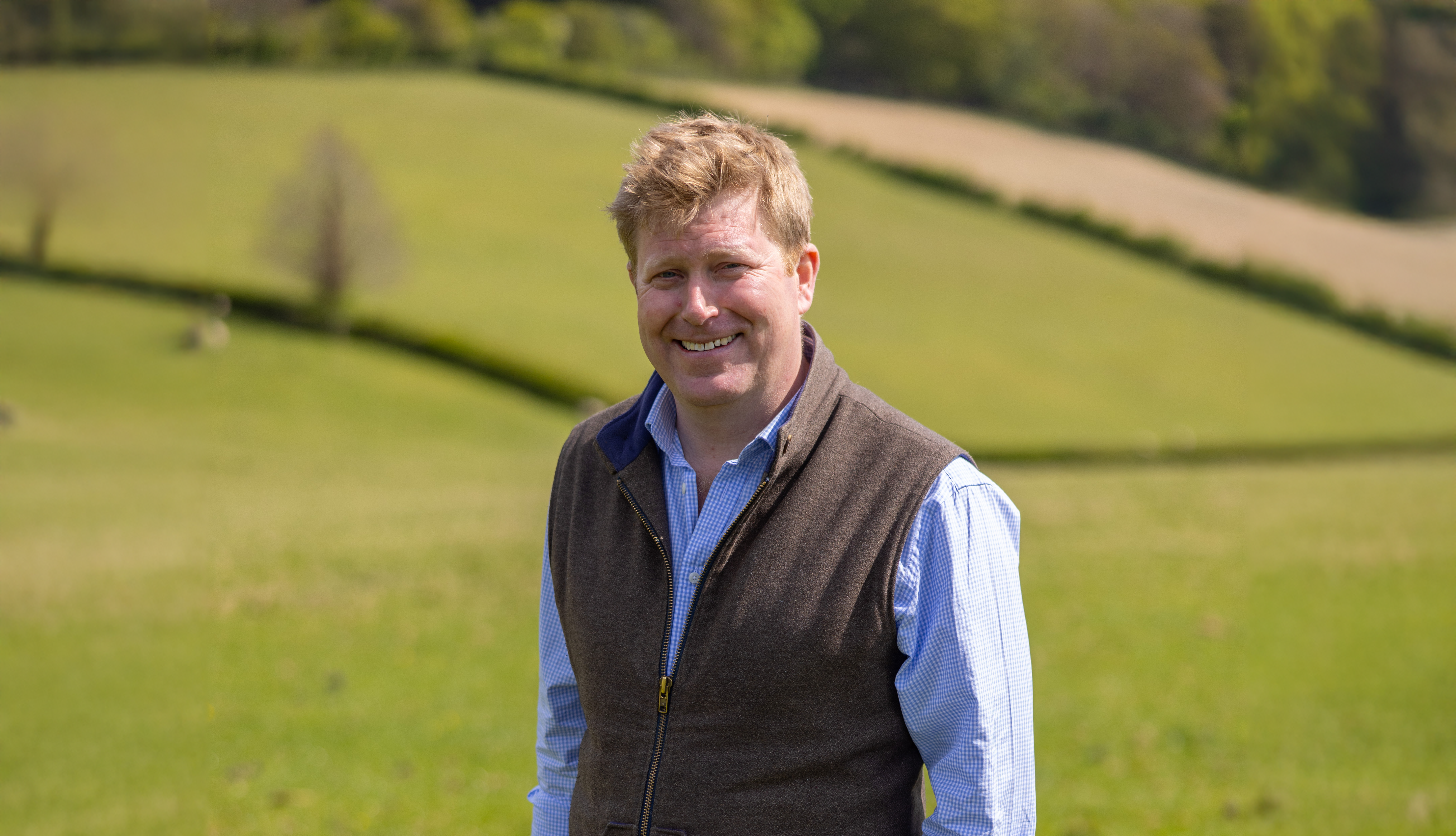Farmland markets have virtually flatlined in the third quarter of 2024 though average values edged up, according to the latest results from the Knight Frank Farmland Index, which tracks the values of bare agricultural land in England and Wales. However, with some distinct emerging trends, some areas of the country are commanding exceptional prices, says Will Matthews, Head of Farms & Estates at Knight Frank.
“Across the board, land sales are still tracking higher than other property values such as central London residential and the wider housing market, but there’s no doubt the timing this year of a general election just before summer holidays and now a Budget followed by Christmas has made for a quiet market. It’s difficult to talk about the market as a whole though as we are seeing a huge polarisation in the market. Every acre has its own microclimate – what sells for £20,000+/acre in some parts of the country could be worth considerably less in another – and this is down to some emerging trends, including the growth of English wineries and a more organised market of ‘green buyers’.”
One of the most significant trends is still around the ‘green’ market, though it has changed in nature, according to the rural experts at Knight Frank which is currently selling Far Ralia, an estate in Scotland’s Cairngorms which has been significantly enhanced to appeal to an environmental buyer:
“When it comes to who is buying, we are starting to see more genuine activity from environmentally motivated purchasers,” says Alice Keith, Knight Frank Associate and an ESG Ambassador, connecting landowners, farmers, institutions, funds, developers and businesses, assisting with the purchase and sale of land.
“Previously, there had been a lot of talk and interest, but relatively few successful bids. Now buyers with a conservation agenda, whether investment-led, charitable or driven by personal altruism, seem to be better funded and organised when it comes to bidding on suitable properties. This environmental interest makes it very important for vendors to identify the latent “green” value of their land.”
In a recent survey by Knight Frank for its annual state-of-the-nation Rural Report, 87% of respondents are farming in a more nature friendly way but only 41% see biodiversity as a priority:
“All landowners should be capturing the value of the biodiversity and natural capital on their land to ensure that they are sufficiently rewarded when it comes to selling,” advises Ms Keith. “With Biodiversity Net Gain compulsory for new house building, and Labour planning 1.5 million new homes, alongside a high ESG responsibility for corporates, natural capital will only drive up values.”
Phosphate credits is a new area Knight Frank has helped clients develop, which are needed by developers for building new homes. They can be created (and sold), for example, from a change of use for pig or dairy units, planting trees or a watercress farm, or by diverting fish production as undertaken by one Wiltshire based fish farm (link to case study).
England’s dramatically growing viticulture is also influencing land prices, with some very high value sales in Kent, Sussex and Surrey, as England’s changing climate and soils become an attractive place to grow vines. The sector has grown 75% in the last five years to 10,000 acres under vine and 950 vineyards, split between both large commercial foreign wine houses, including Tattinger, and small-scale UK entrepreneurs or as a side project. Essex, Suffolk and Cambridgeshire are becoming popular for producing still English wines over the more traditional areas above for sparkling wines.
There has been no influx to the market to get ahead of Labour’s plans to change Inheritance Tax and Capital Gains Tax in the October Budget, explains Mr Matthews though he suggests it could temper interest from discretionary buyers after October.
“People definitely have an eye on the budget later this month and the market for residentially driven sales above £5 million has noticeably slowed as people worry about a potential hike in Capital Gains Tax.
“However, large blocks of land unencumbered with houses are selling for strong prices, often to non-UK buyers. I have had interest at almost £30,000/acre for a parcel of several hundred acres in the south of England, and know of land selling for even more to a purchaser looking to plant vines.”
No one ‘needs’ to sell at the moment so potential vendors are reluctant to test the market if they don’t have to, often assuming there is limited demand, he adds. That said, though in Knight Frank’s recent Rural Sentiment Survey, 25% of respondents said succession was impacting their business, and there are some cases where large estates are coming to market because it doesn’t make sense to split it between siblings or they don’t have a desire to take it on.
The other side of that story is that there is a new type of purchaser attracted to the sector by innovation, technology and a greater emphasis on farming with nature.
Other factors that could impact land sales going forward will be the drive for more on shore renewable energy and infrastructure projects, including large-scale data banks.
“It’s an interesting time ahead for farmland sales,” says Mr Matthews. “We’re a small country and the pressure on land means values will remain high. The worth of each acre is harder to predict, and that will come down to looking over the hedge to see what it’s got and who else wants it. That competition is what drives the market, and we’ll be helping clients realise the green, business and social assets of their land to maximise its value.”

